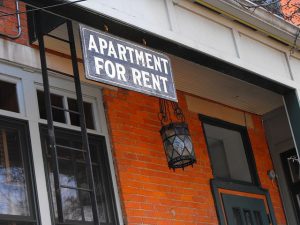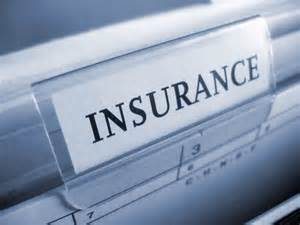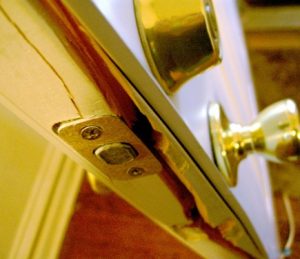 As the average cost of getting hitched keeps rising (to $27,000 in 2012), more and more couples are using Wedding Insurance to protect their investment against mishap – and help ensure peace of mind on this special day.
As the average cost of getting hitched keeps rising (to $27,000 in 2012), more and more couples are using Wedding Insurance to protect their investment against mishap – and help ensure peace of mind on this special day.
Wedding policies will reimburse you for losses due to:
- Weather. The cost of rescheduling if the event has to be postponed because of rain or other bad weather.
- Illness or injury to the bridal party. The expenses of postponing the wedding if essential people (such as the maid of honor or best man) can’t be there.
- A missing celebrant. Some of the costs if your minister, justice of the peace, rabbi, or other celebrant doesn’t show up.
- Missing vendors. Some, or all, of the expense (including rescheduling) if the caterer, florist, photographer, or other key vendor is missing in action.
- Damage to the venue. Your losses if fire, electrical or mechanical outage, or going out of business makes the wedding or reception site unusable, forcing you to reschedule. (This coverage might not apply if the sites already carry insurance).
You can also buy coverage “riders” for a variety of other risks, ranging from a military service call-up to the bride or groom and damage to a wedding gown or tuxedo, to stolen or damaged gifts, and cancellation of your honeymoon due to illness, bad weather, or other mishap. If you’re holding the ceremony in your home, you might also want Liability insurance in case a guest gets hurt or injures someone. Premiums can range from $100 to $1,000 (if you buy Liability coverage and host an open bar).
We’d be happy to tailor a Wedding policy to meet your needs, and budget. Just give us a call.








 Summer’s over, and now’s an affordable time of year to buy a new boat. You can grab your dream watercraft at a deep discount from boat dealers who need to unload inventory before winter hits and from private sellers who plan to upgrade in the spring. Before you buy your boat, though, use several tips to make sure you can purchase proper watercraft insurance coverage.
Summer’s over, and now’s an affordable time of year to buy a new boat. You can grab your dream watercraft at a deep discount from boat dealers who need to unload inventory before winter hits and from private sellers who plan to upgrade in the spring. Before you buy your boat, though, use several tips to make sure you can purchase proper watercraft insurance coverage.





